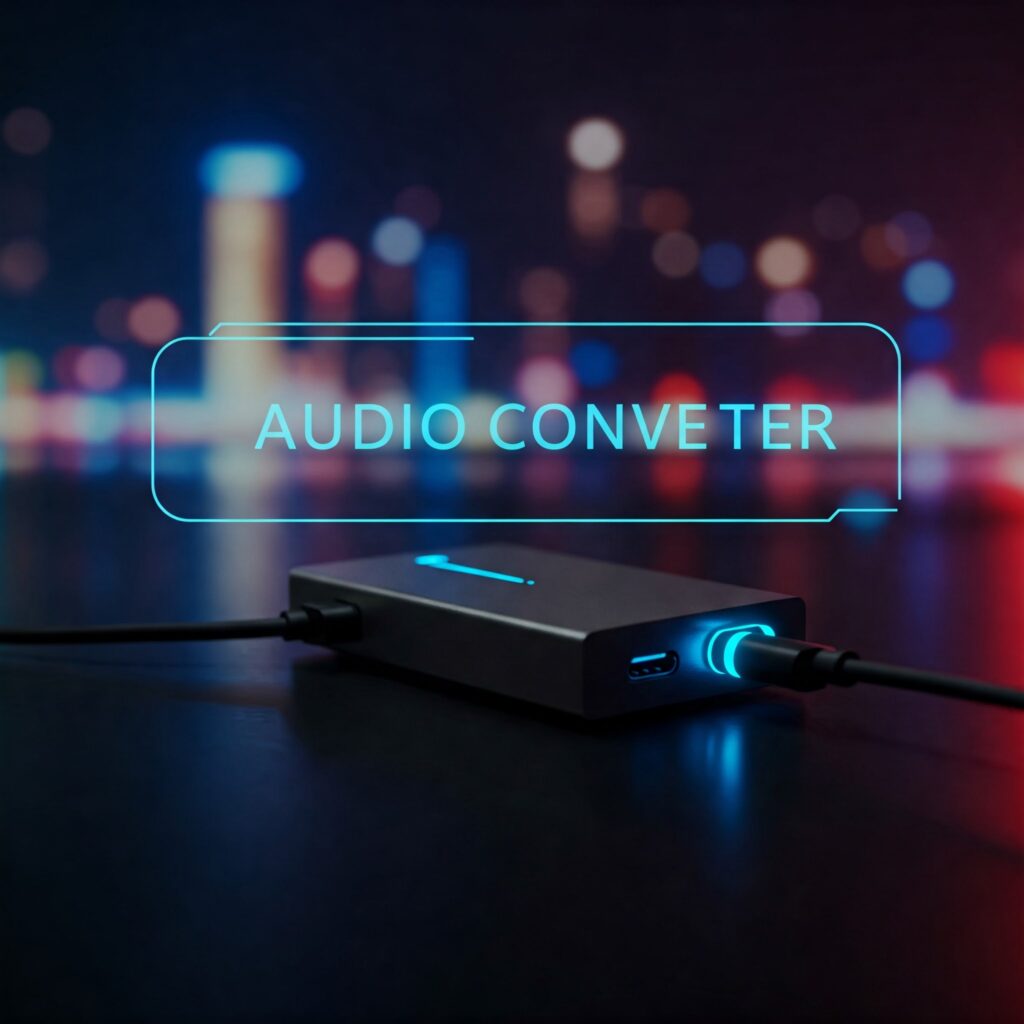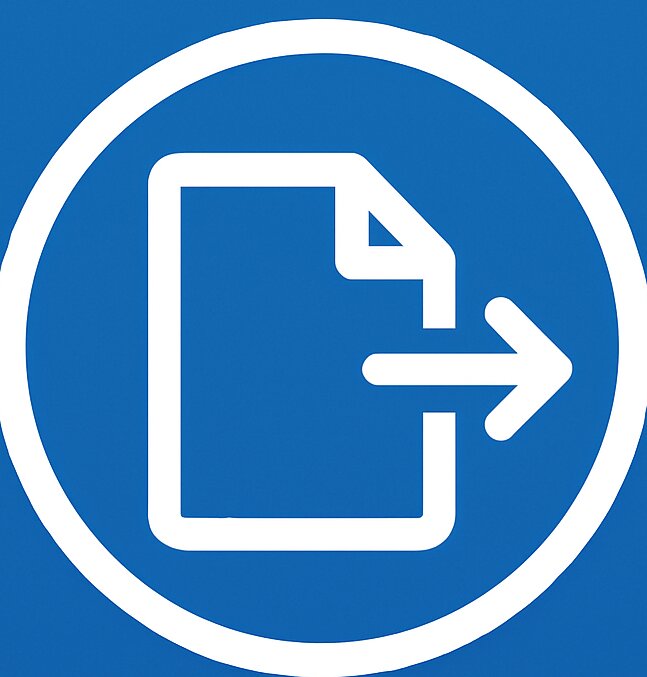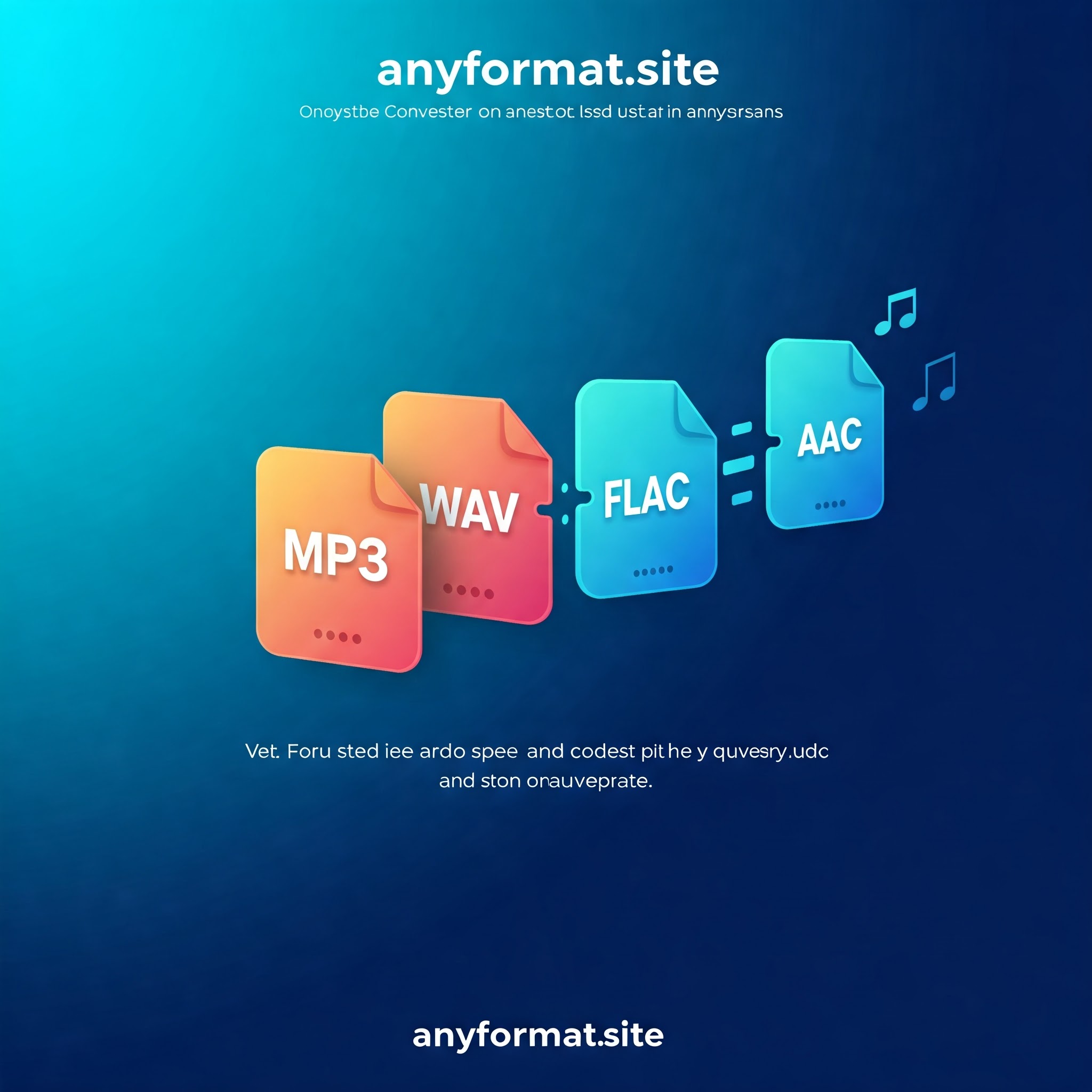Introduction
Modern multimedia operations heavily depend on audio conversions for their continued functionality. Audio file conversion happens regularly to satisfy needs like playlist creation, CD burning and music streaming. The need arises to use a good converter since incompatible formats and device limitations normally occur. The combination of modern technology makes audio conversion accessible to beginners and professionals who want to enhance their listening quality.
Your music player refuses to recognize the file which you obtained from an online record. The audio recording you made through your voice memo enlarges beyond the shareable size limit. Annoying, right? Audio converters fix that—and more.
Sound files need audio converters like the Swiss Army knives operate. Let’s break it down.
What Are Audio Converters?
Sound file conversion tools which exist both as web programs and standalone software applications enable users to shift between different audio formats. The equivalent of translators work in audio conversion by handling all audio file formats except musical and sound elements.
Users can resolve such conversion problems instantly because a converter transforms WAV files into MP3-compatible formats for their mobile devices.

Why Convert Audio Formats?
Good question. Audio converters act as a solution in these scenarios:
The version of your chosen player cannot play this selected file.
You want a smaller file size
A particular editing format must be installed within your software system.
The extraction of audio segment takes place from video content.
The file you need to post on the web exceeds the size limit.
Several Primary Audio Formats Exist with Their Individual Applications
All of the common file formats undergo specific analysis which I will discuss below.
MP3 – The Go-To Format
MP3 stands as the audio format which people recognize worldwide. The MP3 audio format resembles denim because it retains widespread use and practicality for all sound files.
Why use it? The format delivers an appropriate combination between audio clarity and digital file size.
The main benefit of using this format comes from its performance with music streaming as well
as messaging applications and music player functions.
While compressed MP3 files lose some quality it remains unnoticeable to most listeners.
The middle ground is MP3 since it provides an acceptable level of audio quality together with small file size. This format receives support from virtually every electronic device accessible on the planet.
WAV – The Studio Standard
Recordings saved in WAV contain every detail since they have not undergone any compression. This audio file format begins like an untamed photograph giving large dimensions coupled with unblemished clarity.
Why use it? High fidelity. No data lost.
Audio editing and studio recording use WAV formats along with archival purposes.
Limitations: Large file size. Not ideal for casual sharing.
The WAV format delivers the best quality so choose it for situations where file size plays a less important role.
AAC – MP3’s Smoother Cousin
As iTunes and the iPhone store their audio files Apple employs AAC (Advanced Audio Coding). AAC has better sound quality than MP3 and maintains the same compact file size.
Why use it? Better compression, great audio quality.
The format excels in Apple device sound transmission together with YouTube platform streaming and online audio streaming functions.
Less aged devices cannot fully support AAC for the same level of compatibility with MP3.
Users who utilize Apple devices will discover that AAC functions as their system default format.
OGG – The Open-Source Player
As an open-source format OGG enables users access to its free use and flexibility options. Game developers and program programmers select OGG because it provides flexible functionality.
Why use it? Decent quality, no licensing fees.
Game soundtracks and custom software together with web applications are where OGG format demonstrates optimal performance.
Media players and phone system support low levels of OGG files.
The technology works best for people working in the technological space.
FLAC – The Audiophile’s Choice
Music fans select FLAC (Free Lossless Audio Codec) for their listening needs. The file compression process maintains entire WAV quality while reducing file size.
Why use it? Perfect quality + smaller size than WAV.
The best uses for FLAC include music archiving alongside high-end audio setups.
The file size exceeds MP3 or AAC and some devices do not recognize this format.
People who have quality headphones together with sound quality awareness should use FLAC as their audio format.
The procedure behind audio converter operations functions as follows:
Simple! The process of file conversion using most online tools follows a four-step approach.
You need to select the file format which will be your output (MP3, WAV etc)
Users can adjust the settings if required for bitrate and volume and length duration.
Users should select convert then get the new file by downloading.
It’s that easy.
Factors to Consider
Your audio converter must handle all your preferred audio file types.
Verify that the program maintains sound clarity after file conversions.
Fast processing speed and batch processing must be available to streamline your work.
An intuitive design saves frustration.
Additional functions which include editing and ripping alongside tagging may provide you with useful capabilities.
Potential users need to select between free tools or choose paid versions which include extra capabilities.
Tips for Optimizing Your Audio Conversion Experience
To get the most out of your audio converter, consider these tips:
- Make sure the source file maintains high-quality standards during the process. The conversion process will maintain your original file quality but it cannot enhance it in any way.
- Your selection of settings depends on your intended use because you need to choose the correct bit rate and sample rate. Better audio preservation occurs through high converter settings yet it generates larger file sizes.
- Manually processing several files will become easier through batch processing techniques.
- All users must maintain original files through backup procedures because data loss prevention remains a goal during file conversion processes.
Conclusion
An audio converter is an indispensable tool in the modern digital landscape, offering versatility and convenience for managing audio files. Using knowledge of audio converter functions together with appropriate tool selection and best practices enables users to improve their audio experience across personal and professional domains. Dive into the world of audio converters and unlock new possibilities for your audio files!

